Audi 2008 Annual Report Download - page 162
Download and view the complete annual report
Please find page 162 of the 2008 Audi annual report below. You can navigate through the pages in the report by either clicking on the pages listed below, or by using the keyword search tool below to find specific information within the annual report.-
 1
1 -
 2
2 -
 3
3 -
 4
4 -
 5
5 -
 6
6 -
 7
7 -
 8
8 -
 9
9 -
 10
10 -
 11
11 -
 12
12 -
 13
13 -
 14
14 -
 15
15 -
 16
16 -
 17
17 -
 18
18 -
 19
19 -
 20
20 -
 21
21 -
 22
22 -
 23
23 -
 24
24 -
 25
25 -
 26
26 -
 27
27 -
 28
28 -
 29
29 -
 30
30 -
 31
31 -
 32
32 -
 33
33 -
 34
34 -
 35
35 -
 36
36 -
 37
37 -
 38
38 -
 39
39 -
 40
40 -
 41
41 -
 42
42 -
 43
43 -
 44
44 -
 45
45 -
 46
46 -
 47
47 -
 48
48 -
 49
49 -
 50
50 -
 51
51 -
 52
52 -
 53
53 -
 54
54 -
 55
55 -
 56
56 -
 57
57 -
 58
58 -
 59
59 -
 60
60 -
 61
61 -
 62
62 -
 63
63 -
 64
64 -
 65
65 -
 66
66 -
 67
67 -
 68
68 -
 69
69 -
 70
70 -
 71
71 -
 72
72 -
 73
73 -
 74
74 -
 75
75 -
 76
76 -
 77
77 -
 78
78 -
 79
79 -
 80
80 -
 81
81 -
 82
82 -
 83
83 -
 84
84 -
 85
85 -
 86
86 -
 87
87 -
 88
88 -
 89
89 -
 90
90 -
 91
91 -
 92
92 -
 93
93 -
 94
94 -
 95
95 -
 96
96 -
 97
97 -
 98
98 -
 99
99 -
 100
100 -
 101
101 -
 102
102 -
 103
103 -
 104
104 -
 105
105 -
 106
106 -
 107
107 -
 108
108 -
 109
109 -
 110
110 -
 111
111 -
 112
112 -
 113
113 -
 114
114 -
 115
115 -
 116
116 -
 117
117 -
 118
118 -
 119
119 -
 120
120 -
 121
121 -
 122
122 -
 123
123 -
 124
124 -
 125
125 -
 126
126 -
 127
127 -
 128
128 -
 129
129 -
 130
130 -
 131
131 -
 132
132 -
 133
133 -
 134
134 -
 135
135 -
 136
136 -
 137
137 -
 138
138 -
 139
139 -
 140
140 -
 141
141 -
 142
142 -
 143
143 -
 144
144 -
 145
145 -
 146
146 -
 147
147 -
 148
148 -
 149
149 -
 150
150 -
 151
151 -
 152
152 -
 153
153 -
 154
154 -
 155
155 -
 156
156 -
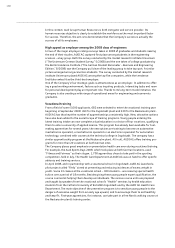 157
157 -
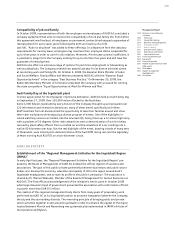 158
158 -
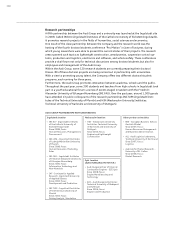 159
159 -
 160
160 -
 161
161 -
 162
162 -
 163
163 -
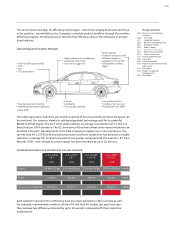 164
164 -
 165
165 -
 166
166 -
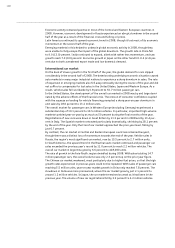 167
167 -
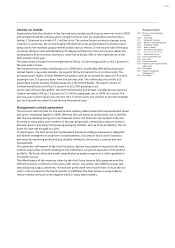 168
168 -
 169
169 -
 170
170 -
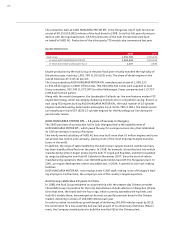 171
171 -
 172
172 -
 173
173 -
 174
174 -
 175
175 -
 176
176 -
 177
177 -
 178
178 -
 179
179 -
 180
180 -
 181
181 -
 182
182 -
 183
183 -
 184
184 -
 185
185 -
 186
186 -
 187
187 -
 188
188 -
 189
189 -
 190
190 -
 191
191 -
 192
192 -
 193
193 -
 194
194 -
 195
195 -
 196
196 -
 197
197 -
 198
198 -
 199
199 -
 200
200 -
 201
201 -
 202
202 -
 203
203 -
 204
204 -
 205
205 -
 206
206 -
 207
207 -
 208
208 -
 209
209 -
 210
210 -
 211
211 -
 212
212 -
 213
213 -
 214
214 -
 215
215 -
 216
216 -
 217
217 -
 218
218 -
 219
219 -
 220
220 -
 221
221 -
 222
222 -
 223
223 -
 224
224 -
 225
225 -
 226
226 -
 227
227 -
 228
228 -
 229
229 -
 230
230 -
 231
231 -
 232
232 -
 233
233 -
 234
234 -
 235
235 -
 236
236 -
 237
237 -
 238
238 -
 239
239 -
 240
240 -
 241
241 -
 242
242 -
 243
243 -
 244
244 -
 245
245 -
 246
246 -
 247
247 -
 248
248 -
 249
249 -
 250
250 -
 251
251 -
 252
252 -
 253
253 -
 254
254 -
 255
255 -
 256
256 -
 257
257 -
 258
258 -
 259
259 -
 260
260 -
 261
261
 |
 |

143
Management Report
128 Business and underlying
situation
128 The Group
131 Corporate steering
134 Research and development
136 Employee matters
139 Audi in society
141 Environmental aspects
147 Economic environment
150 Course of business
157 Financial performance
159 Net worth
160 Financial position
160 Report on post-balance sheet
date events
161 Risk report
165 Report on expected
developments
169 Disclaimer
Emissions trading
Climate change and energy efficiency are the key environmental issues of our time. In intro-
ducing the CO2 emissions trading scheme in 2005, the European Union assumed a pioneering
role in matters of climate protection.
Following the expiration of the first trading period (2005 to 2007), the second trading period
for the CO2 emissions trading scheme (2008 to 2012) began last year. The Ingolstadt,
Neckarsulm and Brussels manufacturing plants are participating. The emissions certificates
were applied for punctually and have already been issued.
As it stands now, thanks to the early adoption of measures to improve energy efficiency and the
targeted reduction of emissions, once again the Audi Group does not expect to incur any costs
from emissions trading in the second trading period.
Product-based environmental protection
The Audi Group has been methodically using new technologies to boost vehicle efficiency ever
since the early 1980s, thereby living up to its claim of technological leadership.
Many of its trailblazing innovations are now also being used by many other carmakers to
improve fuel efficiency and cut CO2 emissions by vehicles:
THE AUDI BRAND’S MILESTONES IN EFFICIENCY TECHNOLOGY
1982 1994
2001 2008
1989 1999 2002
2003
2006 2009
•Launch of FSI technology
•Launch of Audi S tronic
•Audi 100 achieves
impressively low C
d
of 0.30
•Launch of TDI technology
•Audi duo hybrid model
•Launch of Audi Space Frame (ASF)
•Volume-produced vehicle with
all-aluminum body: Audi A2
•Four-door, three-liter vehicle:
Audi A2 1.2 TDI
•1st win for Audi R10 with 12-cylinder
TDI engine in 24 Hours of Le Mans
•Launch of Audi valvelift system (AVS)
•Vienna-Basel efficiency run in Audi
A4 2.0 TDI production model
•Audi Mileage Marathon, USA, with
Audi TDI vehicles
•Launch of TDI clean diesel
in Audi Q7
•Launch of automatic
start/stop
Audi design – timeless and aerodynamic
Aerodynamic bodies and the lower drag they produce have a major impact on a vehicle’s fuel
consumption. Audi Group developers have factored this in by coming up with strikingly sporty
designs that also produce less drag. The Audi 100 and its drag coefficient of 0.30 caused quite
a sensation as far back as 1982.
